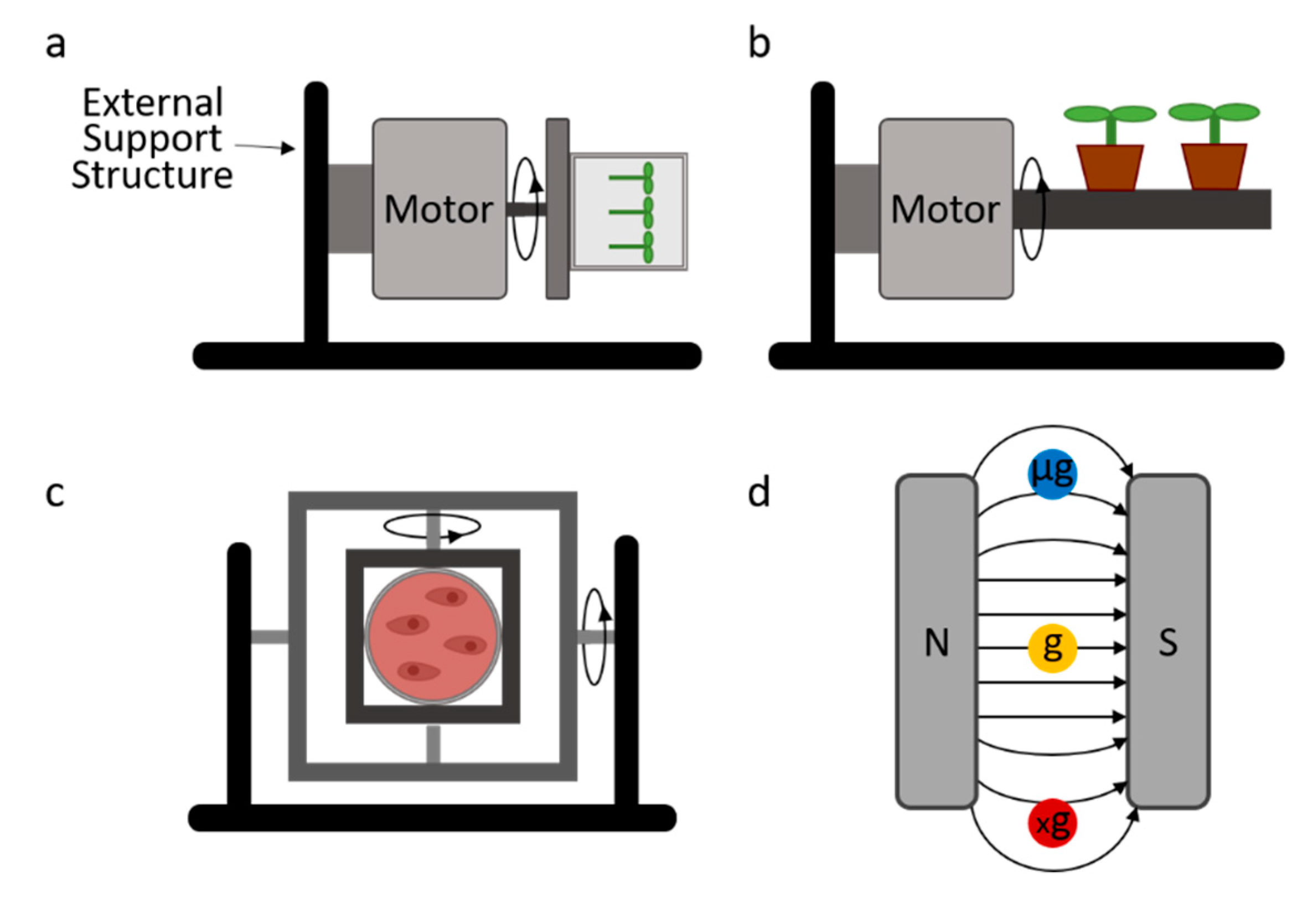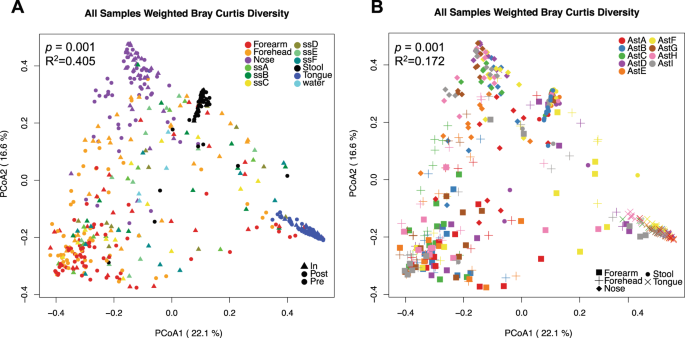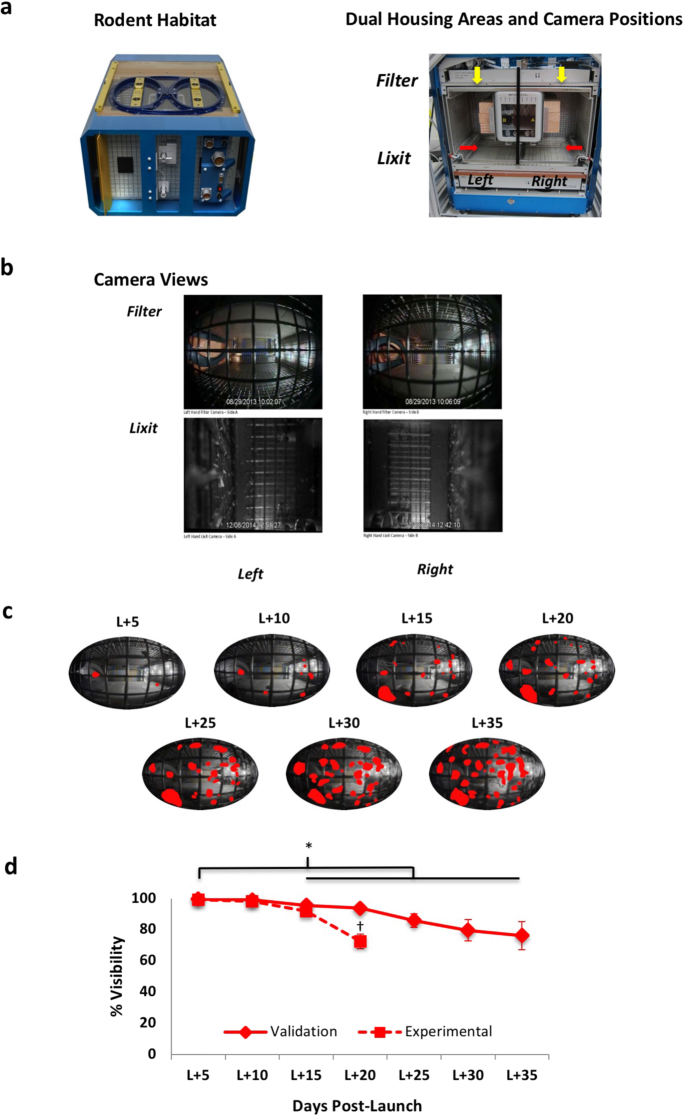

Additionally, several studies have indicated that spacecraft environments increase microbial virulence and antimicrobial resistance ( Tixador et al., 1985 Wilson et al., 2007, 2008). Microbial infections are a major health risk for astronauts, and are exacerbated by the combined stresses of microgravity, sleep disruption, alterations in food intake, confined living space, and high levels of radiation that can compromise the immune system ( Pierson, 2001 Sonnenfeld et al., 2003). UVC sensitivity assays enabled characterization of pyranonigrin A as a UV resistance agent in the ISS isolate.įilamentous fungi are ubiquitous in spacecraft environments due to anthropogenic contamination and an inability to completely sterilize the craft and cargo ( Pierson, 2001 Novikova et al., 2006 Van Houdt et al., 2012). niger, which revealed the involvement of a previously undescribed gene, pyrE, in its biosynthesis. The pyranonigrin A biosynthetic gene cluster was confirmed in A. These findings include INDELs within the predicted promoter region of flbA, which encodes a developmental regulator that modulates pyranonigrin A production via regulation of Fum21. Genetic variants that may be responsible for increased SM production levels in JSC-093350089 were identified. The analysis revealed enhanced production levels of naphtho-γ-pyrones and therapeutically relevant SMs, including bicoumanigrin A, aurasperones A and B, and the antioxidant pyranonigrin A. Secondary metabolite (SM) production in Aspergillus niger JSC-093350089, isolated from the International Space Station (ISS), is reported, along with a comparison to the experimentally established strain ATCC 1015.

3Department of Chemistry, Dornsife College of Letters, Arts, and Sciences, University of Southern California, Los Angeles, CA, United States.2Biotechnology and Planetary Protection Group, Jet Propulsion Laboratory, California Institute of Technology, Pasadena, CA, United States.




 0 kommentar(er)
0 kommentar(er)
